[ENG/ESP] The Museum of Cuban Art, a paradise in the middle of the mountains
A necessary introduction

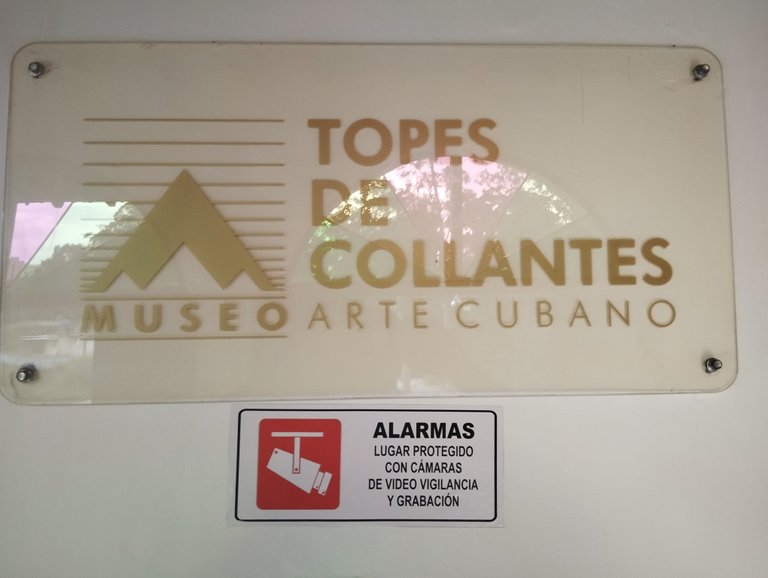
The trip was a mixture of shared joys and fulfilled dreams because, after hearing so much about that place, I had always had the need to visit it, but, for some reason or another, the trip was always elusive.
But, it finally arrived and in the least expected way. I asked about what to bring and what I would be facing. As much as I was told, I must say that the adventure was wonderful and exceeded all my expectations because I learned while having fun and I got to know places that I did not know existed in my country.
Of one of those places I am going to tell you about my experience and I hope you like it as much as I do or at least learn about its history, culture, architecture, design and other wonders that accompany the second Cuban art museum, only surpassed by the Museum of Fine Arts located in the capital of the country.
Topes de Collantes
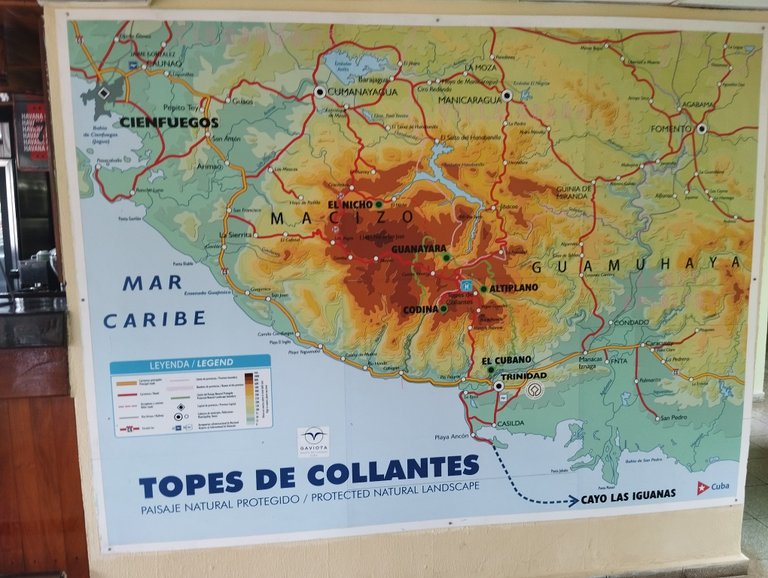
This is one of the most beautiful places in the south-central region of Cuba and one of the places that as a Geography teacher I always wanted to visit, it is true that I would have liked to go with my students, but it could not be. This place is located in the Guamuhaya Massif, the second most important mountainous group in the Cuban archipelago.
In this place there is a microclimate, that is to say, special climatic conditions, with respect to the rest of the place. Likewise, there are many mountains, abundant vegetation and a particular fauna.
As a tourist center, it has hotels, recreational centers, gastronomic centers and other attractions.
But, what I could least think is that in the middle of the mountains of this place I was going to find a true cultural paradise.
Museum of Cuban Art

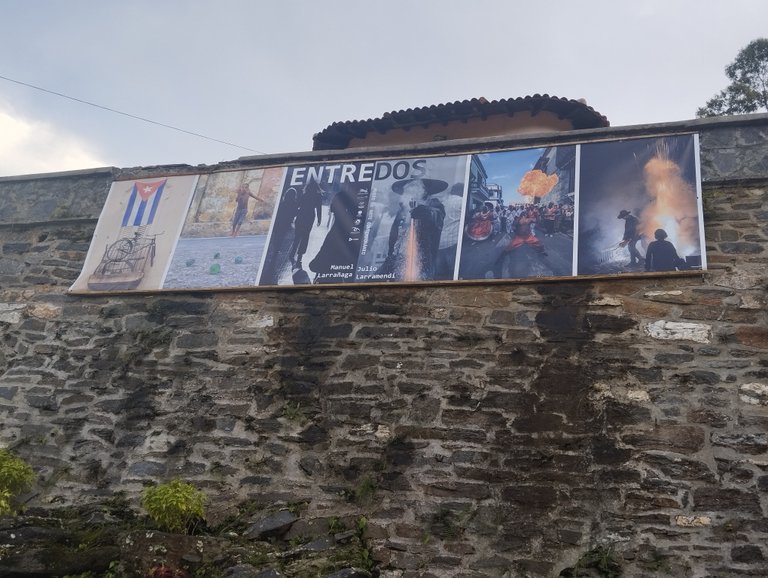
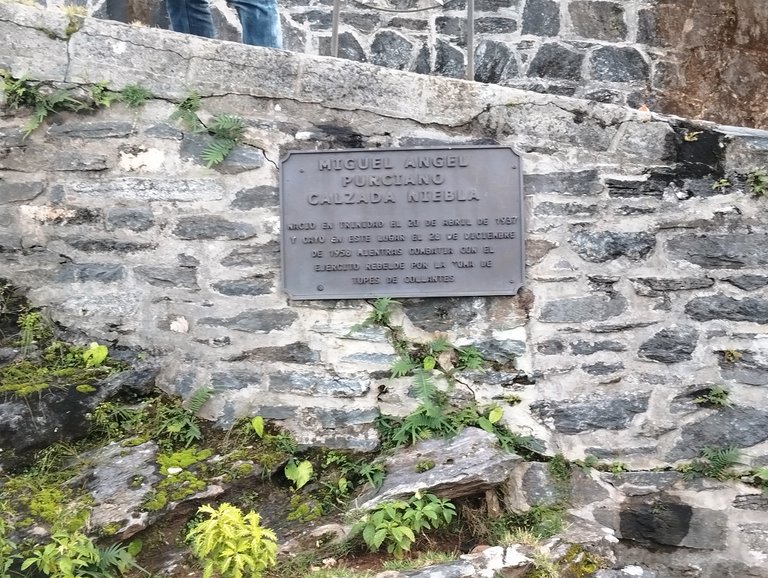
When you arrive at this place you can not believe that the building that is at the top of the elevation is a cultural paradise, and yes, when we arrived at that place we were in the Museum of Cuban Art.
One of my characteristics is that permanent yearning to know and there I began to ask all kinds of questions:
Since when was that museum there?
Who had built it?
What was its importance?
These and many other questions had to be answered by guides and workers of the place.
From them we learned that the museum opened its doors in 2002, in a large house that was built in the 1940s by Alfredo Hornedo Suarez, one of the most influential men of Cuban architecture of the time and who built works that endure in our country such as the Karl Marx Theater, the current Sierra Maestra Hotel, the Sports Casino, among other important facilities in the capital of the country.
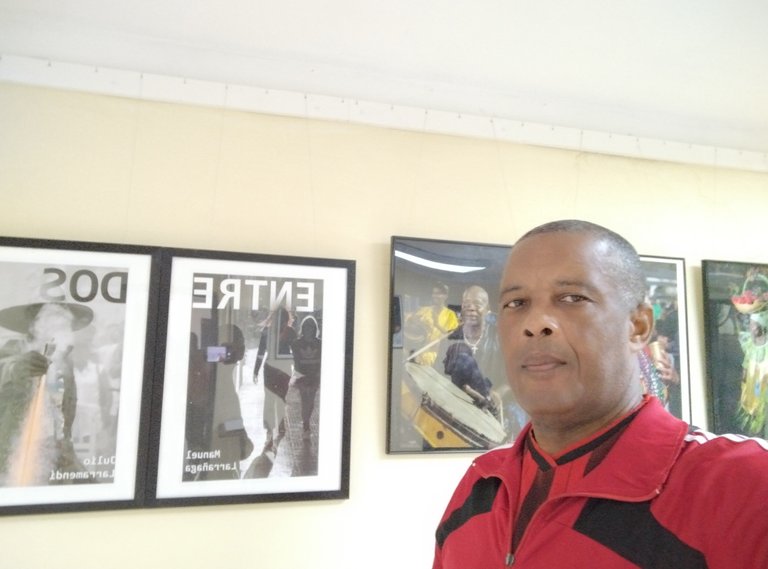
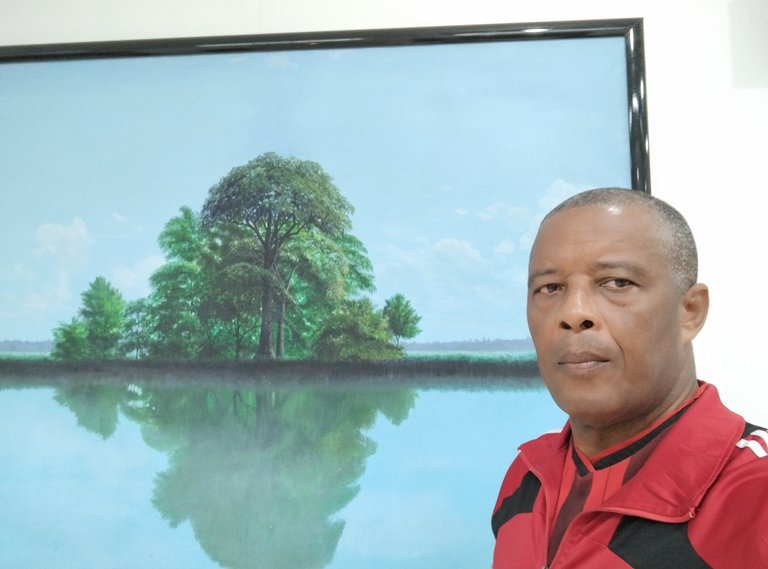
Several things caught my attention, but here I will share the most important ones:
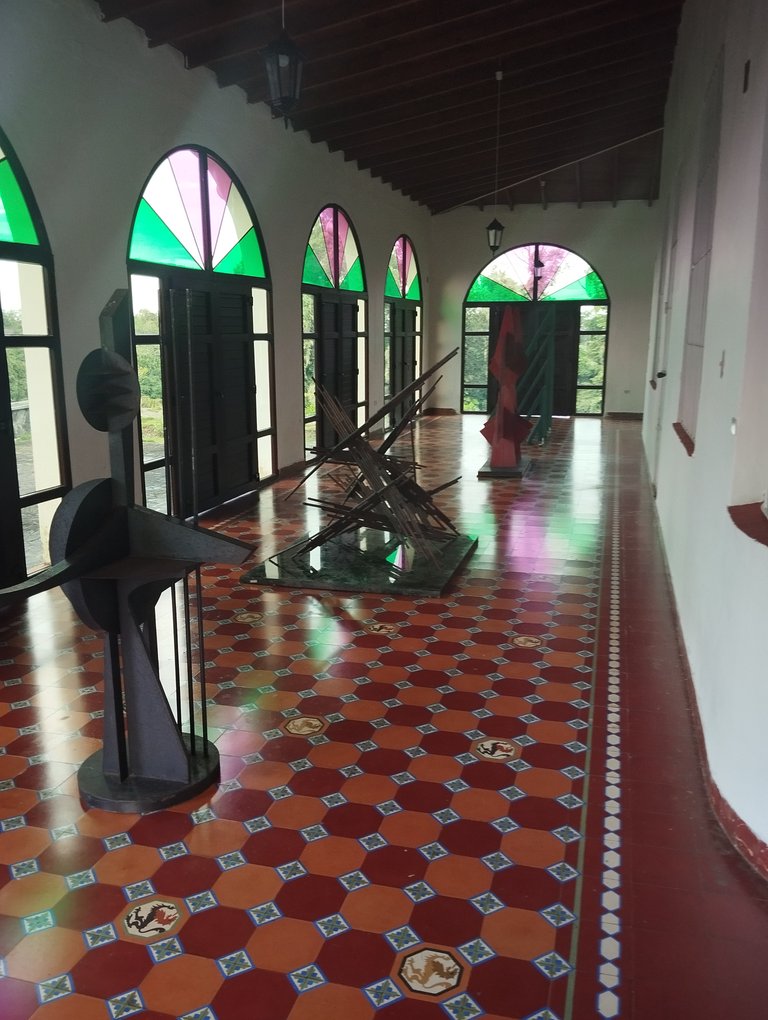
- The museum shows us a perfect harmony between culture and nature.
- When you arrive at the place you are surprised by a museum that, despite having modern constructive features, has a predominance of Art Deco style and the existing materials in the facility are preserved since its inception. The slabs of the portals, the columns that support the museum and/or the materials that make up the different service areas of the place are imposing.
- At the exterior entrance you can find a fence that protects the museum made of marble slabs that have murals and tiles with the name of the martyr of the place.
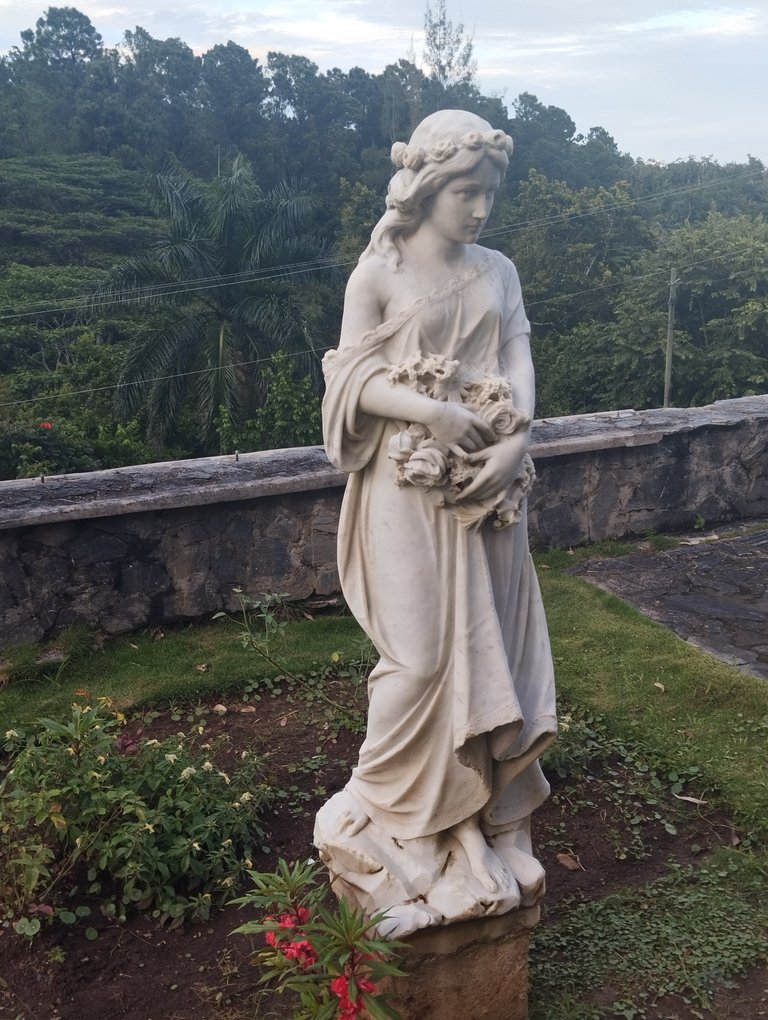
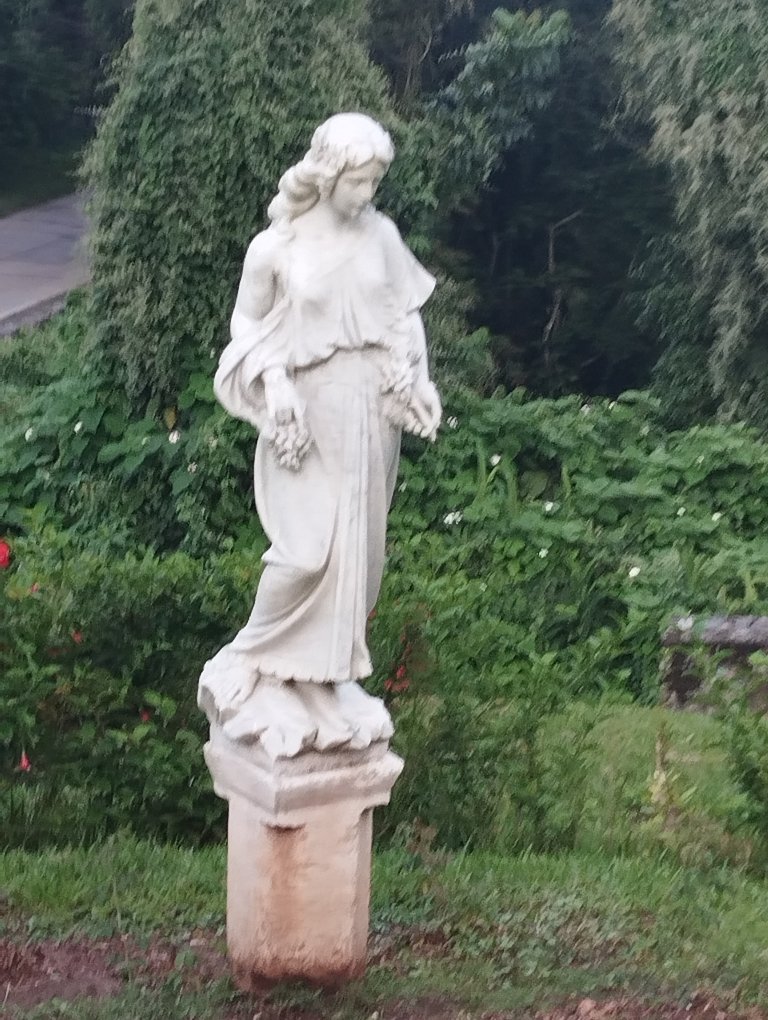
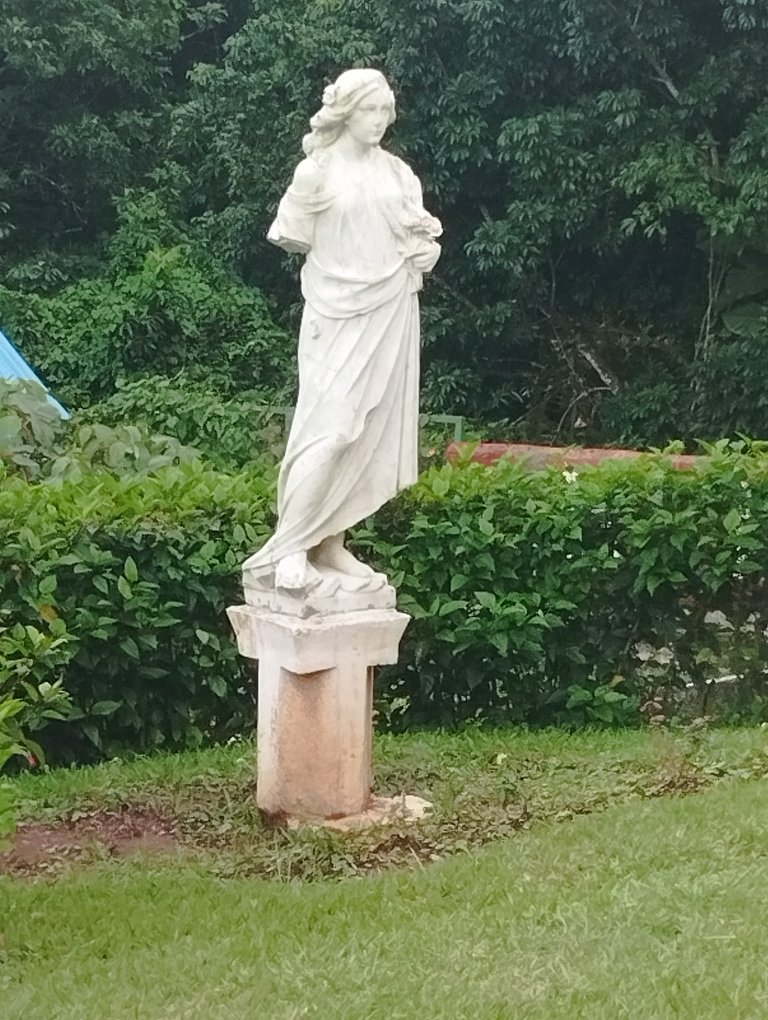
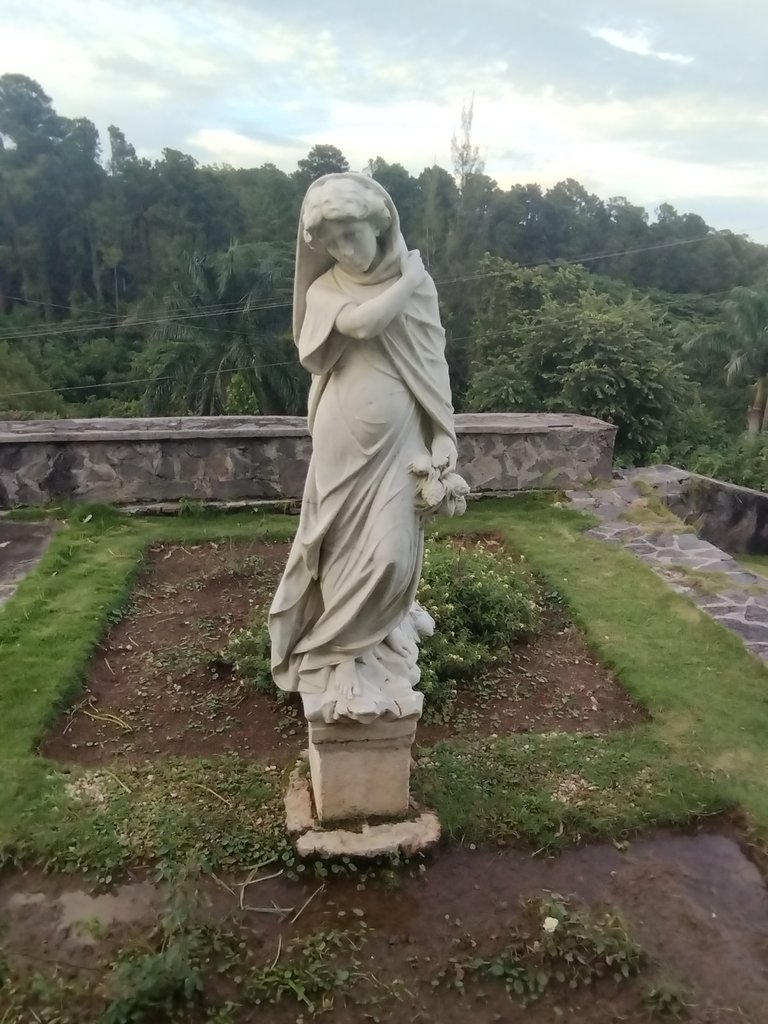
- In the garden you can find four statues made of marble from the Italian city of Carrara that still retain their splendor, despite being in place since the 40's of the last century. It must be said that the statues are arranged throughout the garden and represent the seasons of the year.
- Inside and in the gates you can find pieces by different artists using metal interacting with abstract themes that permanently invite the creative thinking of those who visit the place.
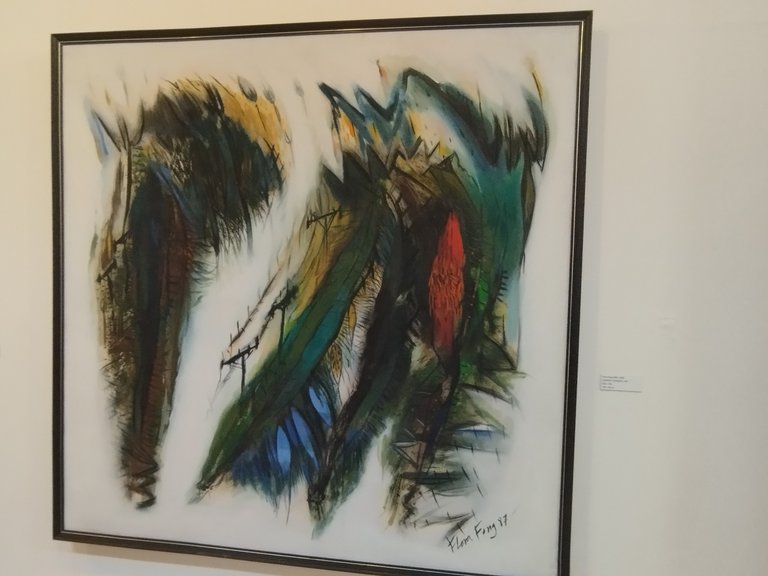
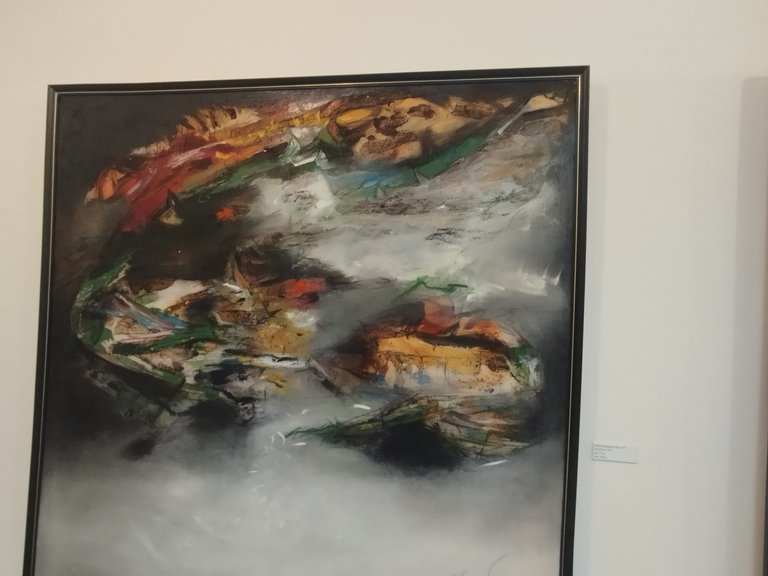


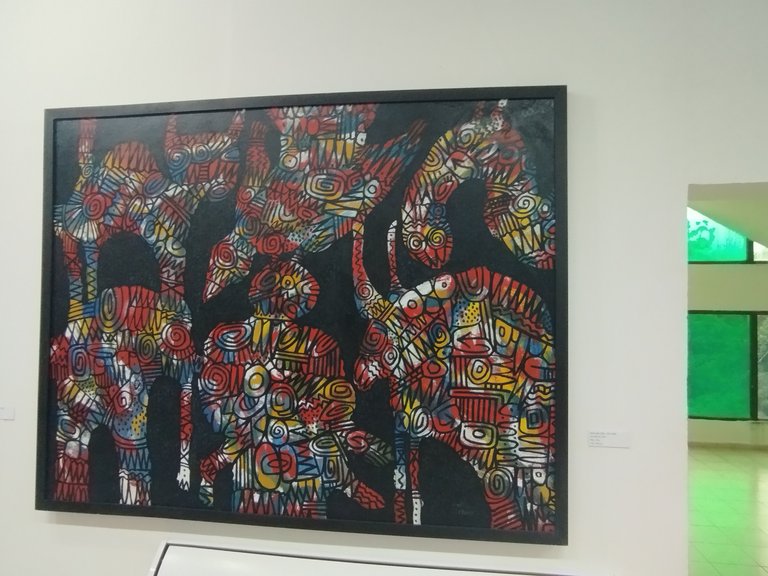
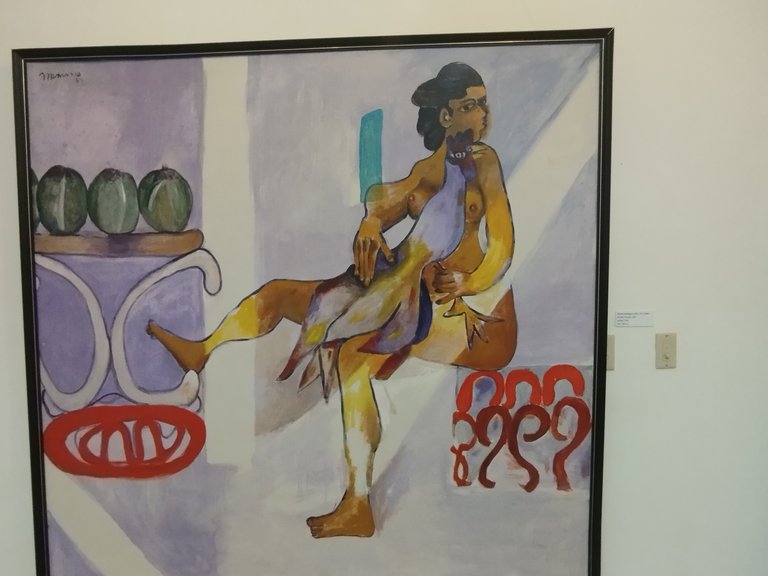


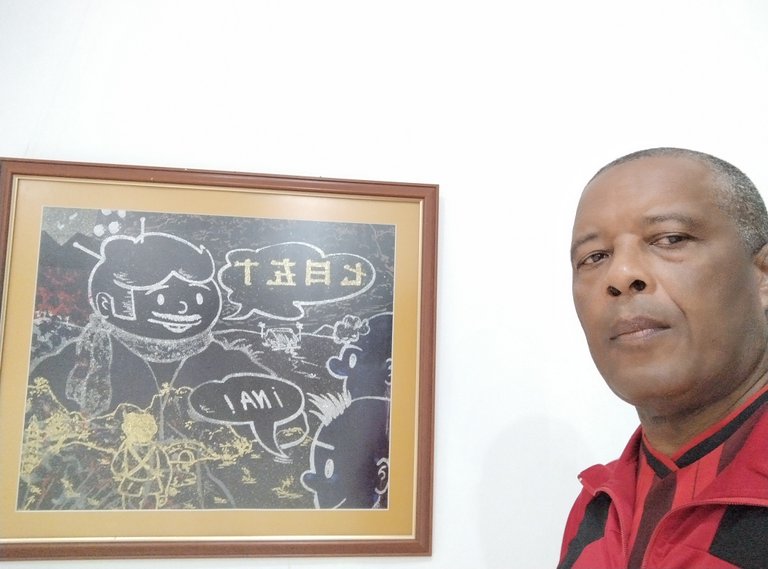
- Inside the museum you can find paintings of the most important Cuban artists of the island belonging to the avant-garde movement of the 80s of the last century. Works by Zaida del Río, Nelson Domínguez, Flora Fong, Ever Fonseca, Alicia Leal, Eduardo Roca, among others, are part of a collection that is the second most important in the country.
- Another important element from the constructive point of view is the space dedicated to enjoy a good coffee, where you can appreciate the good conservation of the furniture of the place and the contrast with the walls and floor.
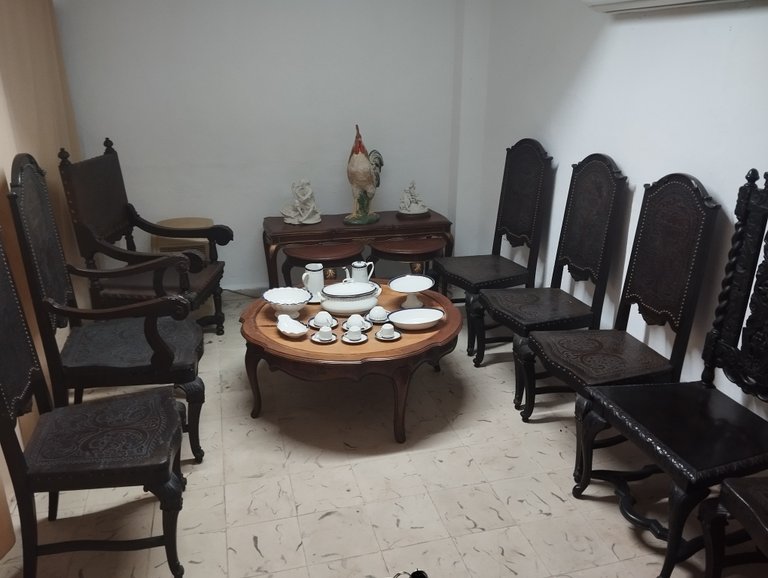

A final comment
It was a lovely, rewarding and very positive trip because I was able to do one of the things I like most in life: learning while enjoying myself.
However, I was also able to verify my lack of knowledge in many aspects of the national culture and the challenge has remained to return again to this paradise of history and culture.
Note: I have used the translator Translate.
The photos are my own taken with my Samsung J2 phone.
ESPAÑOL
Una introducción necesaria
Cuando me regalaron el viaje al centro turístico de "Topes de Collantes" nunca imaginé que viviría una de las experiencias más increíbles de mi vida. Debo decir que, además, este viaje me sirvió para confirmar la necesidad permanente de estudiar y al ver tanta maravilla y tanta obra cultural desconocida exclamar como el filósofo griego Sócrates: "Sólo sé que no sé nada".


El viaje fue una mezcla de alegrías compartidas y sueños cumplidos porque, de tanto oír hablar de aquel lugar, siempre había tenido la necesidad de visitarlo, pero, por unas razones u otras, el viaje siempre me fue esquivo.
Pero, por fin llegó y de la forma menos esperada. Pregunté qué debía llevar y a qué me enfrentaría. Por más que me dijeron, debo decir que la aventura fue maravillosa y superó todas mis expectativas porque aprendí divirtiéndome y conocí lugares que no sabía que existían en mi país.
De uno de esos lugares les voy a contar mi experiencia y espero que les guste tanto como a mí o al menos conozcan su historia, cultura, arquitectura, diseño y demás maravillas que acompañan al segundo museo de arte cubano, solo superado por el Museo de Bellas Artes ubicado en la capital del país.
Topes de Collantes

Este es uno de los lugares más bellos de la región centro-sur de Cuba y uno de los lugares que como profesor de Geografía siempre quise visitar, es cierto que me hubiera gustado ir con mis alumnos, pero no pudo ser. Este lugar se encuentra en el Macizo de Guamuhaya, el segundo grupo montañoso más importante del archipiélago cubano.
En este lugar existe un microclima, es decir, condiciones climáticas especiales, con respecto al resto del lugar. Asimismo, hay muchas montañas, abundante vegetación y una fauna particular.
Como centro turístico, cuenta con hoteles, centros recreativos, gastronómicos y otras atracciones.
Pero, lo que menos podía pensar es que en medio de las montañas de este lugar iba a encontrar un verdadero paraíso cultural.
Museo de Arte Cubano



Cuando llegas a este lugar no puedes creer que el edificio que está en la cima de la elevación sea un paraíso cultural, y sí, cuando llegamos a ese lugar estábamos en el Museo de Arte Cubano.
Una de mis características es ese anhelo permanente de saber y allí comencé a hacer todo tipo de preguntas:
¿Desde cuándo estaba allí ese museo?
¿Quién lo había construido?
¿Cuál era su importancia?
Estas y muchas otras preguntas tuvieron que ser respondidas por los guías y trabajadores del lugar.
Por ellos supimos que el museo abrió sus puertas en el año 2002, en una casona que fue construida en los años 40 por Alfredo Hornedo Suárez, uno de los hombres más influyentes de la arquitectura cubana de la época y quien construyó obras que perduran en nuestro país como el Teatro Karl Marx, el actual Hotel Sierra Maestra, el Casino Deportivo, entre otras importantes instalaciones de la capital del país.


Varias cosas me llamaron la atención, pero aquí compartiré las más importantes:
- El museo nos muestra una perfecta armonía entre cultura y naturaleza.

- Cuando llegas al lugar te sorprende un museo que, a pesar de tener características constructivas modernas, tiene un predominio del estilo Art Decó y los materiales existentes en la instalación se conservan desde sus inicios. Son imponentes las losas de los portales, las columnas que sostienen el museo y/o los materiales que conforman las diferentes áreas de servicio del lugar.
- En la entrada exterior se puede encontrar una valla que protege el museo hecha de losas de mármol que tienen murales y azulejos con el nombre del mártir del lugar.




- En el jardín se encuentran cuatro estatuas de mármol de la ciudad italiana de Carrara que aún conservan su esplendor, a pesar de llevar en el lugar desde los años 40 del siglo pasado. Hay que decir que las estatuas están dispuestas por todo el jardín y representan las estaciones del año.
- En el interior y en las puertas se pueden encontrar piezas de diferentes artistas que utilizan el metal interactuando con temas abstractos que invitan permanentemente al pensamiento creativo de quienes visitan el lugar.









- Dentro del museo se pueden encontrar pinturas de los artistas cubanos más importantes de la isla pertenecientes al movimiento vanguardista de los años 80 del siglo pasado. Obras de Zaida del Río, Nelson Domínguez, Flora Fong, Ever Fonseca, Alicia Leal, Eduardo Roca, entre otros, forman parte de una colección que es la segunda más importante del país.
- Otro elemento importante desde el punto de vista constructivo es el espacio dedicado a disfrutar de un buen café, donde se puede apreciar la buena conservación del mobiliario del lugar y el contraste con las paredes y el piso.


Un comentario final
Ha sido un viaje entrañable, gratificante y muy positivo porque he podido hacer una de las cosas que más me gustan en la vida: aprender disfrutando.
Sin embargo, también pude comprobar mi desconocimiento en muchos aspectos de la cultura nacional y me ha quedado el reto de volver de nuevo a este paraíso de la historia y la cultura.
Nota: He utilizado el traductor Translate.
Las fotos son mías tomadas con mi teléfono Samsung J2.
Well, I just learned of the existence of the museum from your publication. Although I have not visited Topes de Colgante, I would like to go.
It is an amazing and very beautiful museum, it sure was a great experience to be able to visit it.
Regards
I knew of its existence when I went to Topes de Collantes. Likewise, I learned about many things I had no idea existed. Thank you for your comments. Have a nice day. Cheers and greetings.
a museum that looks like a very big house. is this a real house or museum?
Hello, very good appreciation.
In 1941 this house was built by Alfredo Horneado, a deputy of the time and one of the greatest builders that Cuba has ever had.
This mansion became a museum in 2002, after undergoing a restoration process, in which its original constructions and most of its constructive components were preserved.
As a result of the importance of the place for nature tourism, it was decided to turn it into a museum because, in addition, an important group of plastic artists from the country and other places had donated paintings for the place.
At present it is the second most important museum in the country related to Plastic Arts.
Thanks for stopping by and asking.
Greetings and best regards.
Congratulations dear @tonyes! We are delighted to inform you that your outstanding publication was specially selected as an exclusive feature for our Curated Content Catalog and was awarded RUNNER UP in Architecture Anthology™ 77. More power!
Thank you for subscribing to Architecture+Design, an OCD incubated community on the Hive Blockchain.
Thank you very much for this recognition.
For things like this I continue to be in this ecosystem.
It is an honor for me and I will be eternally grateful for what it means.
I wish you a happy week.
Cheers and best regards.